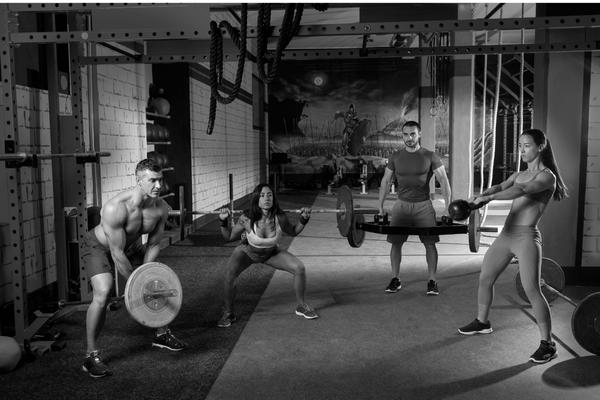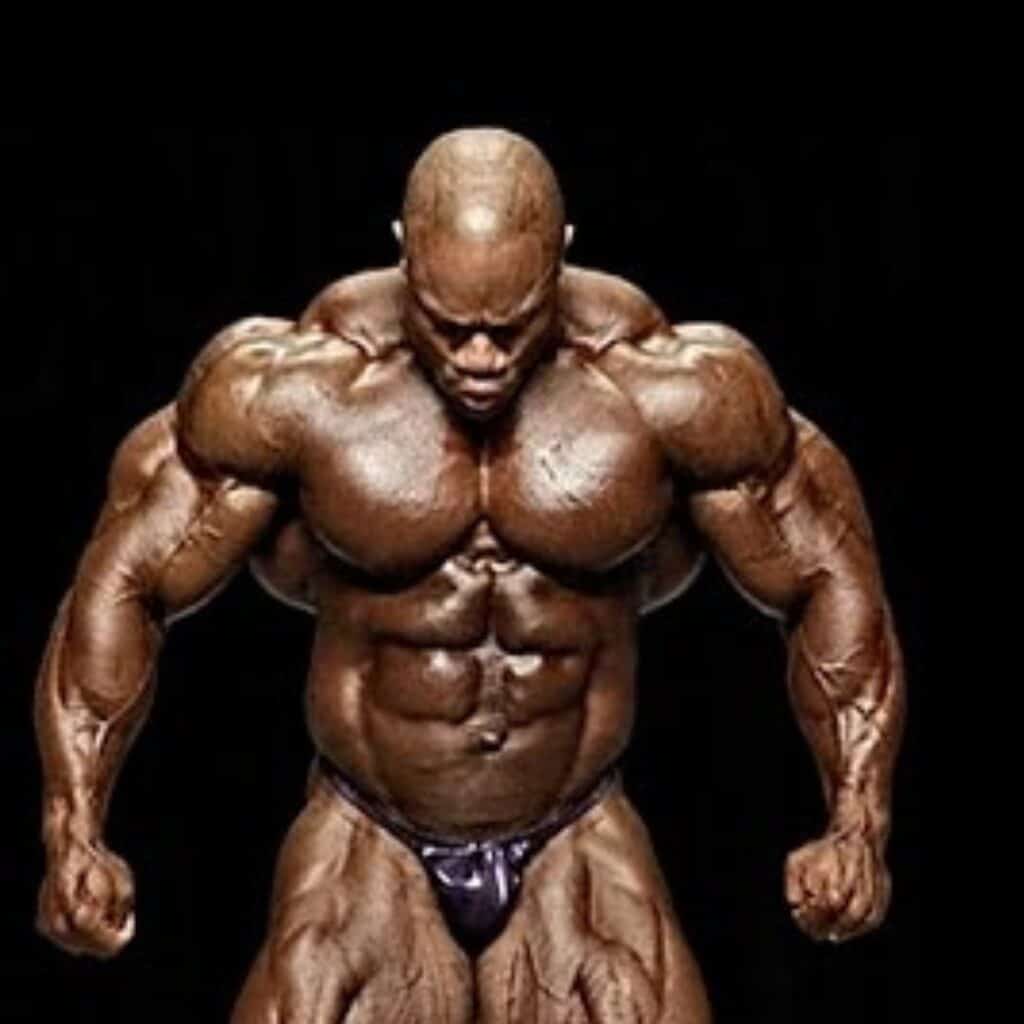Why are there so many bigger bodybuilders today? When Dorian Yates dominated Olympia in the 1990s, people thought this was as good as possible. They couldn’t imagine anyone being more significant and ripped than this freak of nature. Then along came Ronnie Coleman who changed all that. Now, only long-time bodybuilding fans even remember Yates. His physique was superb, but it wouldn’t hold up in a 2021 lineup.
What’s impressive is that Yates was a connoisseur of the sport. He wasn’t just some big bruiser who mindlessly pounded away at the weights.
Instead, Dorian thought about the sport and applied every lesson he could. Whenever new information came along, he incorporated it into his routine. But despite all that, Yates still couldn’t compete with today’s top stars. They’re all just so much bigger and freakier.
Bodybuilders have been using anabolic substances for the last sixty years at least. So blaming chemicals makes little sense. Of course, it always plays a role, but it’s minor compared to the other factors we outline below. So what’s happened? Why are today’s bodybuilders so much bigger?

Improvements In Methods
Over time, bodybuilders have become much better at understanding what types of exercise lead to extreme size. Progressive resistance training has been around for thousands of years – ever since the ancient Greeks.
If you keep loading up the poundages, eventually, you’ll get stronger (so long as you eat enough). In the 1970s and 1980s, however, training systems became more nuanced. Bodybuilders honed in on specific muscle groups and found exercise patterns that worked.
In the early days, bodybuilders would do up to ten sets of exercises. Now they might only do a couple. The difference is the intensity of the set.
Bodybuilders today will max out their muscles in just one or two sets, completely exhausting themselves. They will also take longer breaks between sets to have the energy to shock the muscle group a second time. Again, this compares to the past’s more “endurance” training style.
More Time Under Tension
The concept of time under tension has also developed. It’s the idea that muscles must constantly be under pressure during a set to see real growth.
So now, bodybuilders will actively try to keep muscles under tension for perhaps 100 seconds or more during a workout, avoiding relaxation between repetitions.
Thus, this has led to the growth of novel forms of exercise, as highlighted by this handy article. Bodybuilders constantly look for movements that make it easier to “feel the burn.”
More Genetically Gifted People In The Field
As more money has entered bodybuilding over the years, it has garnered the attention of people who wouldn’t otherwise have gotten into the sport. In the early days, Arnie and Frank Zane had great genetics. But in hindsight, they indeed weren’t the absolute best. They just rose to the top because they were better than all the other guys in the field.
But now, more people are interested in the sport. And that means a larger pool of people with great genetics. So I can’t imagine Arnie or Zane competing with today’s lineups in terms of pure size.
In the 1970s, it was pretty challenging to discover if you had bodybuilding genetics. The average person didn’t have access to a gym, so they couldn’t determine whether it suited them. However, seeking talent is more accessible because so many people work out.

Less Overtraining
Today’s bodybuilders have a much better understanding of the concept of overtraining. They know their progress will eventually halt if they push themselves too hard.
But bodybuilders of the past didn’t know this. Instead, they were operating on the naïve assumption that “more is better.” It seems silly today, but it made sense to many people in the past. They thought they would grow more prominent if they pounded their biceps daily. But, of course, that’s not what happened.
Modern bodybuilders also understand how to complement movements. In the past, athletes would do pull-ups followed by pull-downs, barbell curls, dumbbell curls, cable curls, etc.
Then, most sophisticated bodybuilders today would realize that they repeatedly hit the biceps and forearms, leading to fatigue. But fifty years ago, it was the done thing!
More High-Intensity Training
We’ve also seen a movement towards high-intensity training, as discussed earlier. In addition, bodybuilders increasingly recognize that the body responds best when they shock it over a short period.
Thus, this approach goes against prevailing principles, such as ” having to work hard to get what you want.” And it has been hard for many bodybuilders to transition to a new way of thinking. They think they are cheating themselves out of progress if they take the straightforward route.
But quick sessions with long breaks have built the current crop of bodybuilders. And they are certainly a lot bigger than their predecessors.
Heavy Lifting
Bodybuilders know that the body can suffer if the weight rises too much – that’s what they thought. But things are changing.
Now, most athletes in the field focus their efforts on significant compound movements, like the squat and deadlift. These movements encourage muscle growth systemically, not just in the muscles they target. They’re bodybuilding rocket fuel.
Researchers think this happens because significant movements change the body’s hormonal environment. They may encourage the release of growth factors that make it easier to gain muscle elsewhere.
So naturally, going heavier comes with an increased risk of injury. So bodybuilders take precautions such as strapping themselves, wearing belts and ensuring that they follow perfect form.




